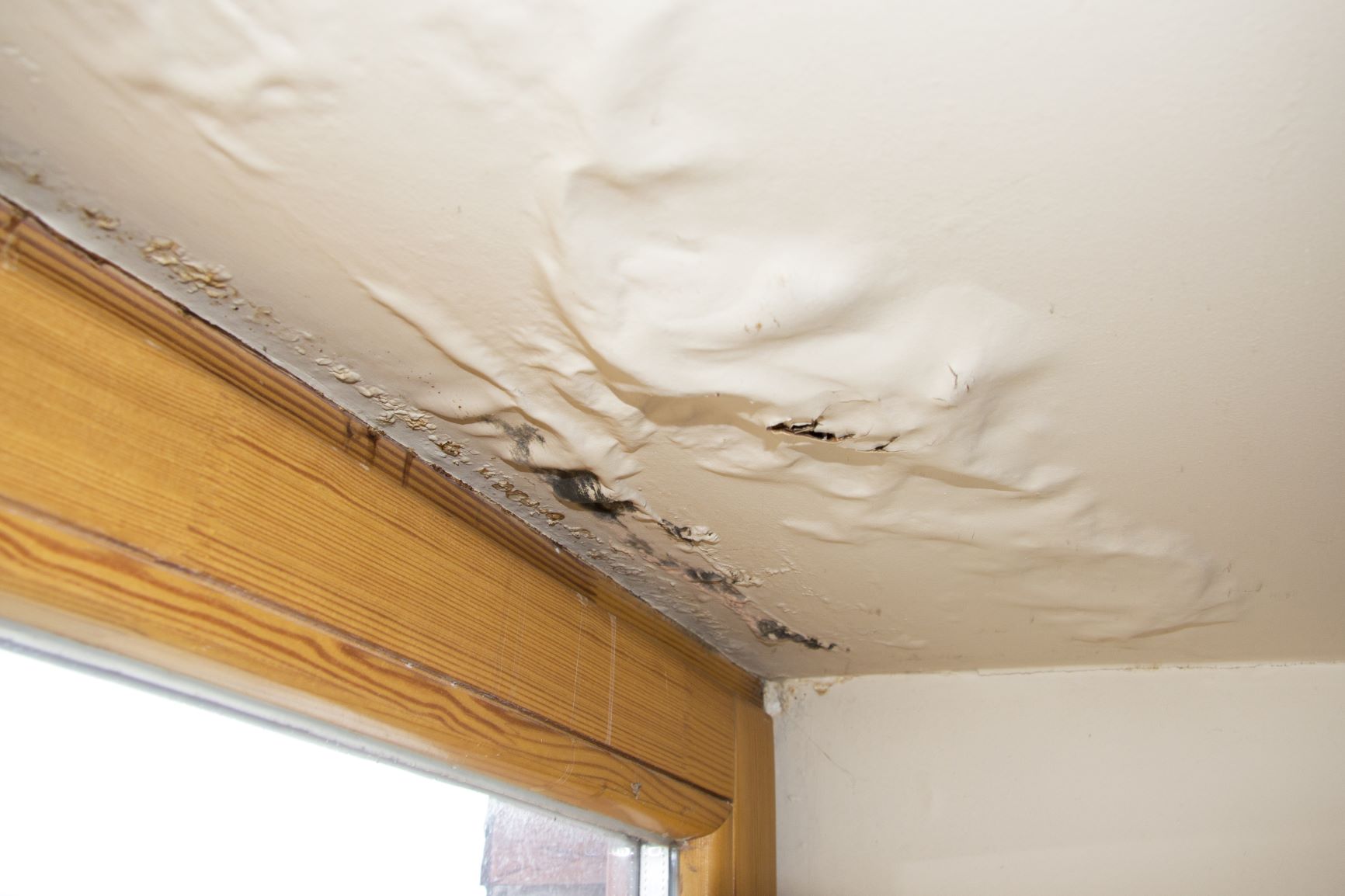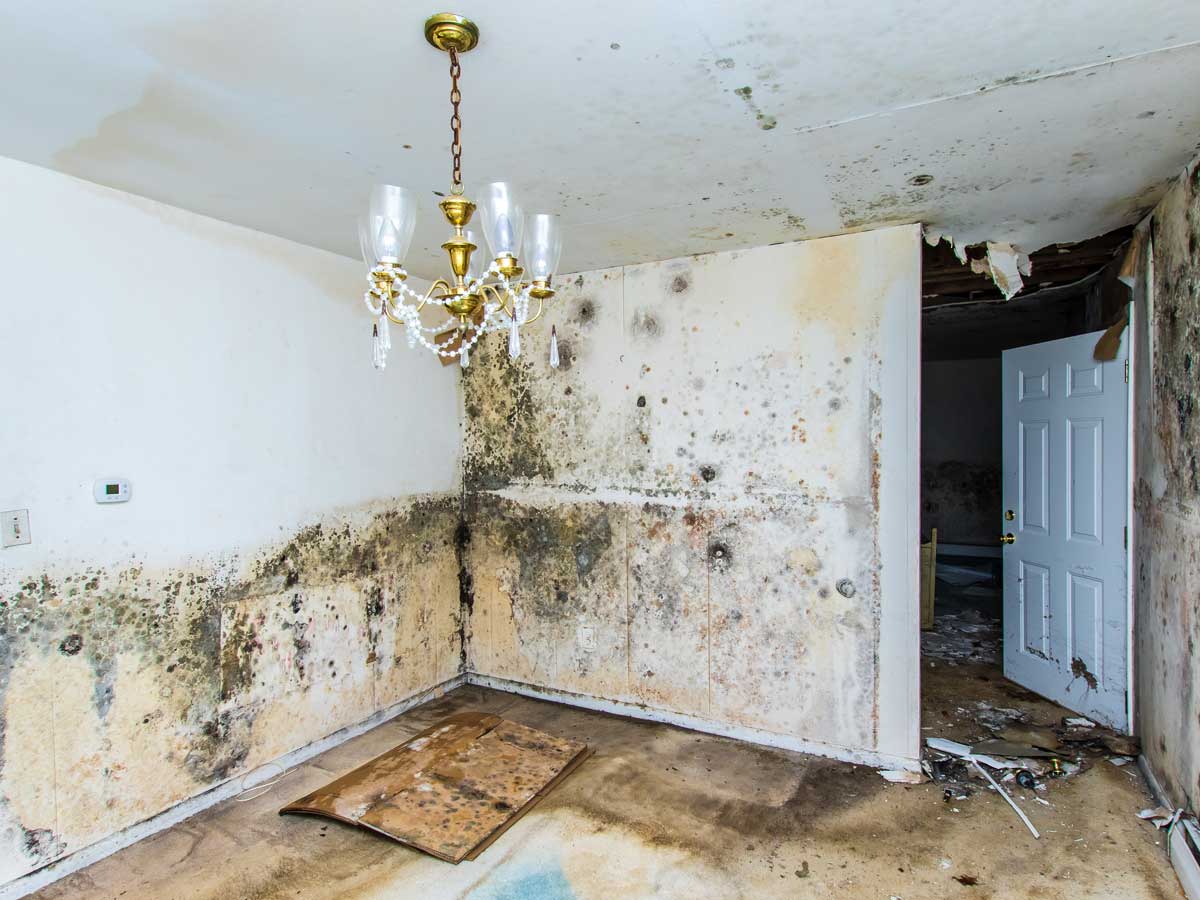Expert Water Extraction Services to Safeguard Your Property from Damage
Wiki Article
The Refine of Water Damage Cleaning: Guaranteeing Your Home Is Recovered Properly
Water damages can be a complicated challenge for homeowners, demanding a structured and careful cleaning process to bring back safety and performance. Initially, a comprehensive analysis is crucial to identify the level of the damage and figure out the ideal remediation measures. Following this, effective water removal strategies play a crucial function in minimizing more harm. However, the nuances of drying out, disinfecting, and ultimate restoration are just as crucial and typically forgotten. Recognizing these phases can make a significant distinction in the outcome of your home's remediation, prompting a closer check out what each action involves.Examining the Damages
Upon uncovering water damages, the very first step is to thoroughly examine the level of the effect. This initial assessment is critical, as it assists identify the essential steps for effective cleanup and restoration. Begin by evaluating the impacted areas, consisting of walls, ceilings, floorings, and personal items, to identify the resource of the water breach, whether from flooding, leakages, or condensation.Documenting the damage is important for both insurance policy claims and preparing repair efforts - damage restoration services. Use photos and created notes to catch the extent of the damages, keeping in mind any damaged structural components and materials. Pay unique focus to areas that might not be instantly noticeable, such as behind wall surfaces and under carpets, as hidden wetness can lead to further problems, consisting of mold and mildew growth
Additionally, evaluate the timeline of the water direct exposure. Eventually, a thorough assessment lays the groundwork for an effective water damage clean-up procedure, guaranteeing that all influenced locations are resolved properly and thoroughly.
Water Removal Methods

Experts normally employ completely submersible pumps for bigger quantities of water, which can swiftly alleviate flooding in basements or various other influenced locations. For smaller sized amounts, wet/dry vacuums are commonly used to extract residual wetness from rugs and tough surface areas. In addition, making use of mobile extractors permits for targeted elimination in restricted areas or locations with fragile materials.
In circumstances of infected water, such as sewage or floodwater, advanced extraction techniques might involve the usage of biohazard devices to make sure safety and conformity with health and wellness guidelines. High-powered removal devices are important in decreasing water retention in architectural products, which can lead to mold and mildew development and structural degeneration otherwise addressed quickly.
Inevitably, the efficiency of water extraction strategies plays a pivotal function in the total success of the water damages clean-up process, preparing for succeeding restoration initiatives.
Drying and Dehumidification
When standing water has been properly drawn out, the next crucial stage in the water damages cleanup procedure is drying out and dehumidification. This action is vital to protect against more damage and mold and mildew growth, which can happen within 24 to 2 days in moist environments.To achieve efficient drying, specialized devices such as industrial-grade air moving companies and dehumidifiers is used. Air movers distribute air across damp surfaces, enhancing dissipation rates, while dehumidifiers decrease moisture levels in the air, advertising a helpful atmosphere for drying out. The mix of these devices makes sure that wetness is extracted from walls, floors, and furnishings, allowing them to completely dry extensively.
It is necessary to keep track of the drying out procedure carefully. Professionals commonly make use of wetness meters to examine the wetness content in various products, making sure that all affected areas get to acceptable dryness degrees. This thorough strategy assists to avoid surprise dampness pockets that might result in architectural damages or undesirable mold and mildew growth.
water damage repair services

Cleaning and Sanitizing
After the drying out and dehumidification stage is complete, the following essential action in water damages cleanup is cleaning and disinfecting the affected areas. This process is essential to avoid the growth of mold and mildew, bacteria, and other pathogens that prosper in damp atmospheres.The cleaning stage commonly involves removing any type of particles, dirt, and impurities from surface areas using specialized cleaning up representatives. For hard surfaces, a combination of soap and water or industrial cleaning products is usually used. Soft products, such as upholstery and carpetings, may need much more considerable cleansing techniques, including steam cleaning or deep removal strategies, to ensure detailed sanitation.

Sanitizing follows cleaning, making use of EPA-approved anti-bacterials to eliminate dangerous microbes. This step is crucial, especially in locations that might have come right into call with floodwaters or sewer, as these resources can pose severe health and wellness threats.
In addition, it is necessary to attend to any type of staying odors, which may call for the usage of odor neutralizers or innovative techniques like ozone therapy. Correct cleaning and sanitizing not just restore the security and hygiene of your home yet also prepared for effective restoration and fixings in subsequent phases of the water damages cleaning procedure.
Remediation and Fixings

When the assessment is total, restoration initiatives can start. Furthermore, floor covering may require comparable attention, depending on the degree of water direct exposure.
It is vital to engage seasoned remediation professionals throughout this process, as they possess the expertise to manage intricate repairs properly. In addition, they can help reduce possible future concerns, such as mold and mildew development or structural instability, thus ensuring a habitable and secure living atmosphere. Eventually, effective reconstruction and repairs restore the home's integrity and boost its general value.
Final Thought
To conclude, the process of water damage cleanup is crucial for restoring a home to its pre-damage condition. Each stage, from assessing the damage to applying reliable water extraction techniques, followed by thorough drying out, disinfecting, and needed repair work, plays a crucial duty in making sure safety and compliance with structure requirements. Effective implementation of these actions not only mitigates prompt damage but additionally boosts the long-lasting integrity and value of the residential property.Water damages can be a complicated obstacle for property owners, requiring a organized and thorough cleaning procedure to recover safety and security and functionality. Inevitably, a comprehensive evaluation lays the foundation for a successful water damage clean-up procedure, ensuring that all impacted locations are addressed successfully and extensively.
Effective water extraction methods are essential in reducing damages and protecting against additional difficulties following a water intrusion event.In final thought, the procedure of water damage clean-up is essential for restoring a home to its pre-damage condition. Each stage, from assessing the damage to executing reliable water extraction methods, adhered to by extensive drying out, sterilizing, and essential repair work, plays a crucial role in making certain security and conformity with building criteria.
Report this wiki page